Approaching silent films can be difficult. They're old, often slow-paced by today's standards, usually have some over-the-top acting, and they, of course, require more attention, given that none of the film's information gets delivered through dialogue. These are all obstacles that can turn potential newcomers off silent cinema, but the good news is that not all cinema made before the advent of "talkies" is impenetrable by newcomers.
Thankfully, many are approachable and easy to enjoy, even if you've never seen a silent film before. By no means are these the only great silent films, and they may not even be the best, but they are the easiest to get into. Any newcomer to this style of cinema could do a lot worse than giving one of the films on this list a shot.
'Metropolis' (1927)
Metropolis is perhaps the most well-known film from German director Fritz Lang, who had a long career in both Germany and the USA, proving himself equally skilled at making silent films and then talkies at a later stage of his career. Metropolis was one of the first big science-fiction epics, telling a story about a futuristic city thrown into chaos when the working-class majority revolts against the rich minority.
It was influential on many science-fiction films that came after it and even had a semi-remake/re-imagining in the form of a 2001 anime that shares its name. It's an engaging story bolstered by tons of creative special effects that hold up for the most part. Also, many of its values and themes regarding class inequality and the human cost of technological advancement remain strikingly relevant today.
'Häxan' (1922)
Benjamin Christensen's Häxan is a movie that turns 100 this year yet remains unique within the world of cinema, seeing as no film made in the century has been comparable. It's part historical documentary and part surreal horror film, as it takes a unique approach to visually showing a history of witchcraft, focusing on the Middle Ages.
It still holds up as suitably eerie all these years later, and even if it's unlikely to be 100% historically accurate, the historical elements are at least interesting. And the fact that Häxan itself is now a part of film history as an innovative, unique movie while also looking back into history makes for an engaging, novel viewing experience.
'Die Nibelungen: Siegfried' (1924) & 'Die Nibelungen: Kriemhild’s Revenge' (1924)
Die Nibelungen: Siegfried & Die Nibelungen: Kriemhild’s Revenge form a two-part fantasy epic, both directed by Fritz Lang. Based on the German epic poem of the same name, they tell a continuous story filled with fantasy tropes, exciting action scenes, and plenty of intrigue and betrayal, but feel distinct from each other due to each focusing on a different main character.
It's also handy that Die Nibelungen is split into two parts for potential newcomers to silent cinema, as otherwise, the 4.5-hour runtime could be too much to handle. Even seasoned silent film watchers will be relieved by the story being told in two halves. Still, it remains watching because of how influential it's been on the fantasy film genre as a whole, much in the same way Lang's influence on the science-fiction genre with Metropolis can still be felt today.
'Faust' (1926)
Faust tells the classic, almost mythological tale about a man who sells his soul to the devil for a better life without realizing the downsides of making a literal deal with the devil. It's a somewhat stock story across all mediums and cultures, but this adaptation tackles it better than any other.
It was directed by F. W. Murnau, who was perhaps the most well-known German filmmaker after Fritz Lang (though many silent film fans will likely say they're neck and neck in terms of quality). Faust is arguably one of the best horror films of all time, not just one of the best silent horror films. It has incredible imagery and an undoubtedly chilling atmosphere that can still unnerve viewers almost 100 years from its release.
'The General' (1926)
The General is arguably Buster Keaton's best film and one of the original action movies, too. It's about a man who has to rescue both the love of his life and his beloved train from a group of spies who steal both from him during the middle of the American Civil War.
As such, much of the film is one long chase scene - both retrieving the train and girl and then getting them back safely. It's a structure that can be found in a film as recent as George Miller's 2015 masterpiece, Mad Max: Fury Road, and Keaton's death-defying stunts and creative action scenes have indeed influenced daredevil action stars like Jackie Chan and Tom Cruise. It's a quick, fast-paced, funny, and exciting film and can easily be enjoyed by silent film newbies.
'Un Chien Andalou' (1929)
Directed by Luis Buñuel, Un Chien Andalou is one of the most famous short films of all time, and at just 21 minutes, it doesn't have much interest in telling a definitive plot. Instead, it replicates the feeling of experiencing a series of nightmares, with its numerous violent and unnerving scenes playing out in quick succession, with a lack of definable logic and plenty of surrealism.
It's perhaps best known for the stomach-churning scene where an eyeball appears to get sliced with a razor, which is an image that still manages to be provocative and shocking. But there's a lot more in it that has the potential to cause genuine nightmares, so it's a must-watch for anyone interested in the history of horror movies, and the fact it's a short film makes it more accessible.
'The Adventures of Prince Achmed' (1926)
An early animated film told with a series of silhouetted figures against various colored backgrounds, The Adventures of Prince Achmed is just that: a series of adventures that are loosely based on Middle Eastern folk tales told throughout history.
The scenes do sometimes feel a bit loosely thrown together, but the simple animation is still charming and captivating to look at, and the film overall runs just over an hour. Historically, it's not the first animated feature film, but it's the oldest surviving one, as many silent films have been lost to time. As such, its historical importance as a revolutionary animated film, the hypnotic visuals, and brisk pace/short length make it a no-brainer when it comes to recommending easily approachable silent films.
'City Lights' (1931) & 'Modern Times' (1936)
There are numerous great Charlie Chaplin films - short and feature-length — but City Lights and Modern Times are his two best. They were the last two silent films he made before he transitioned to talkies (though there are occasional sound effects and some parts that almost have dialogue in each). As such, you can tell that as a director and actor, he'd essentially perfected his craft, putting out two near-perfect silent dramedies right before bidding the silence "goodbye" and moving on to making films with dialogue.
City Lights is about a romance between Chaplin's The Tramp character and a blind flower girl, while Modern Times deals with The Tramp doing all he can to survive in a heavily industrialized world that's also been impacted by the Great Depression. He masterfully balances comedy with drama, romance, and genuine emotion in each. In doing so, he created two films that are perfect introductions to the world of silent film, even if they ultimately ended up being bittersweet farewells to that style of filmmaking.
Article From & Read More ( 10 Silent Films Worth Watching If You've Never Seen a Silent Film Before - Collider )
https://ift.tt/NfXjFPi
Film
Bagikan Berita Ini
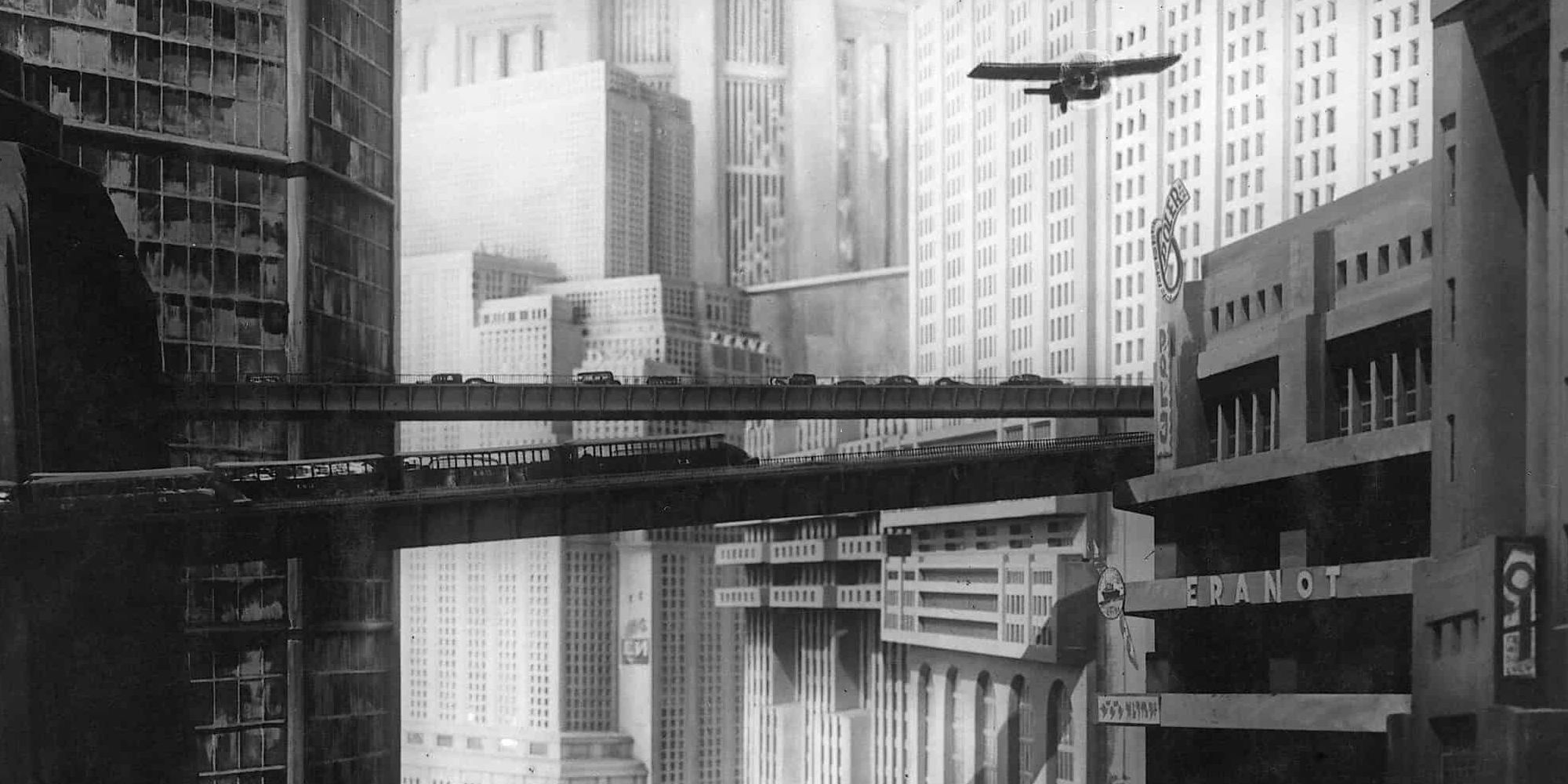
-4.jpg)
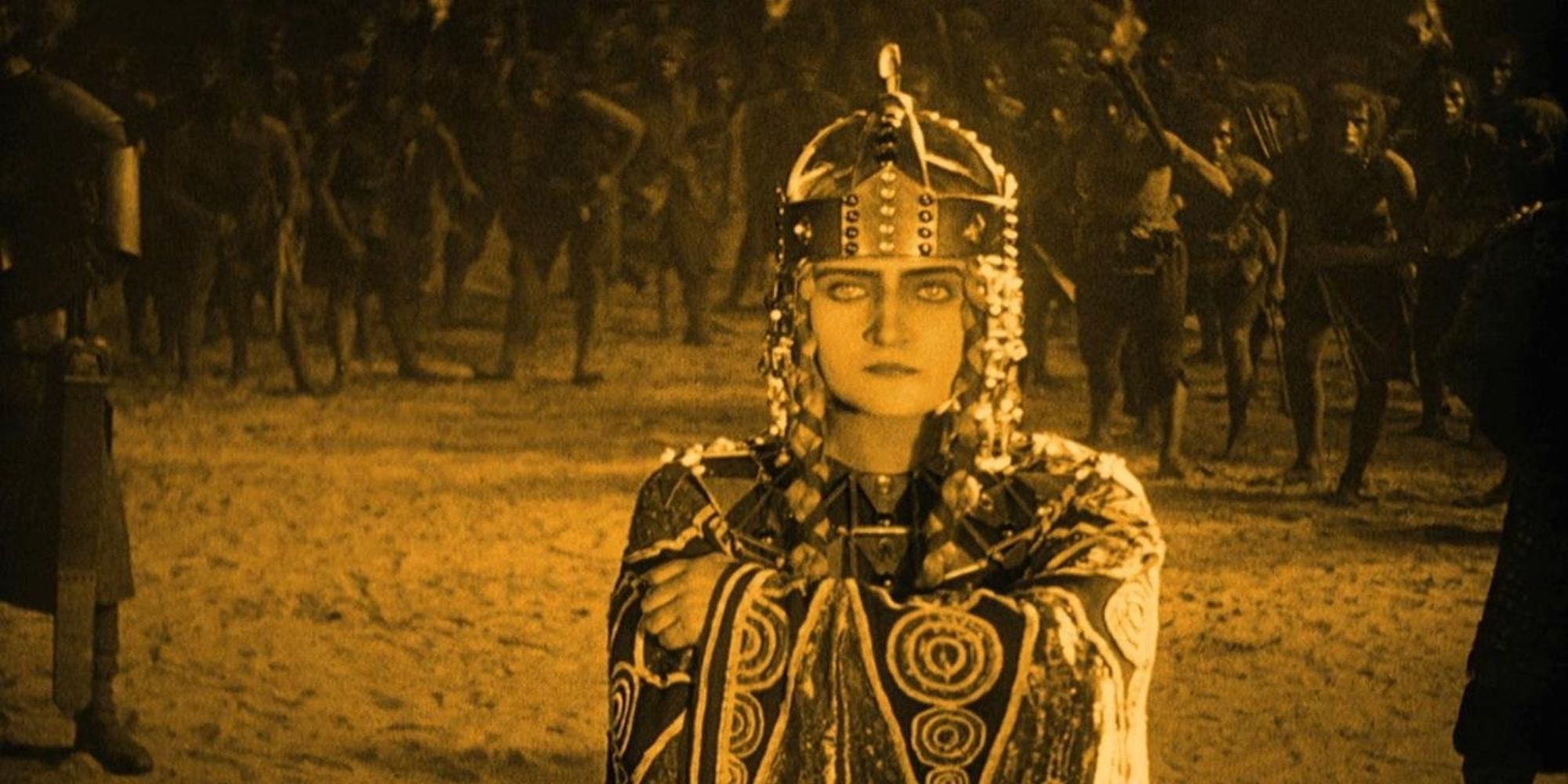
.jpg)
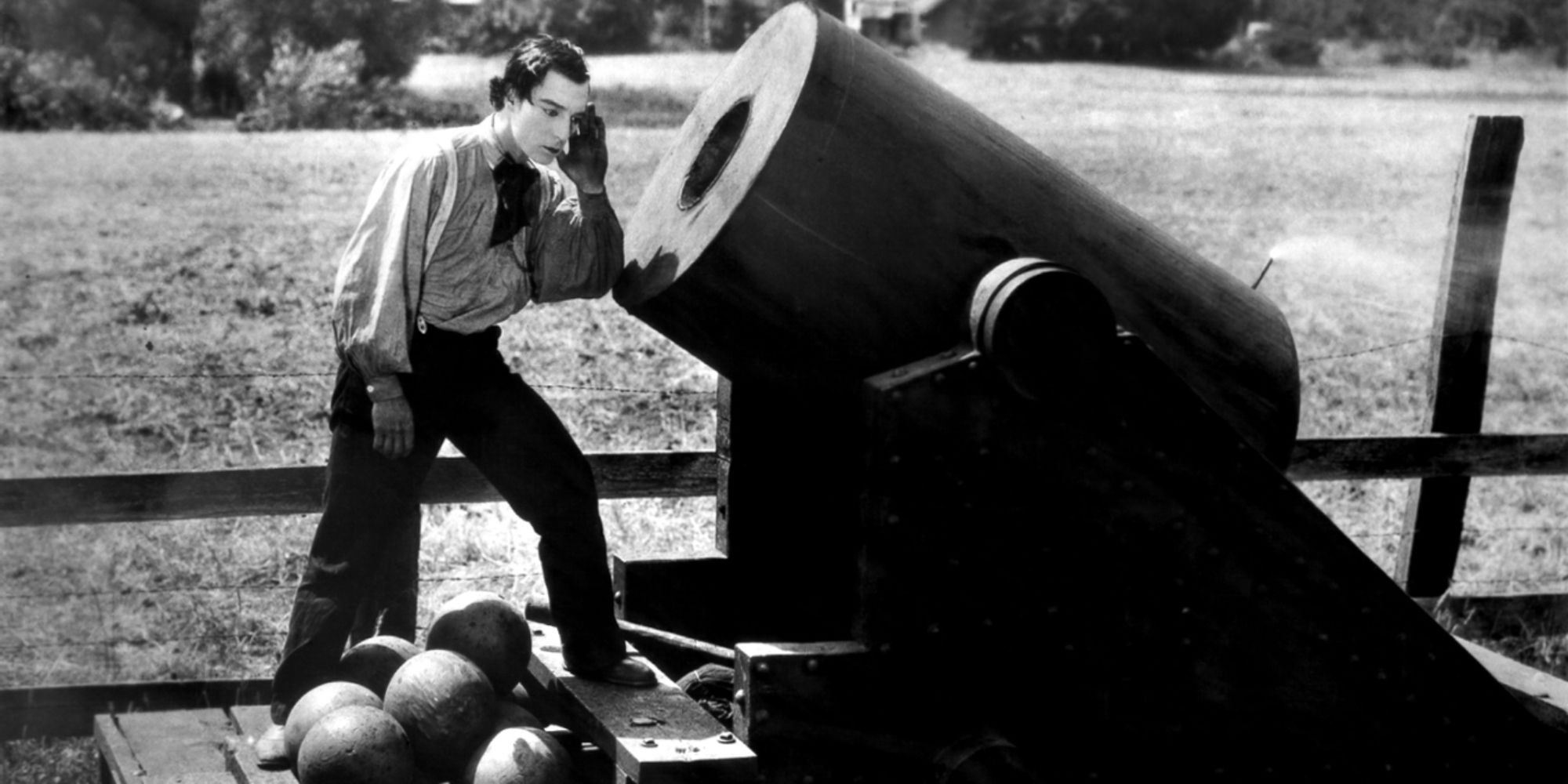
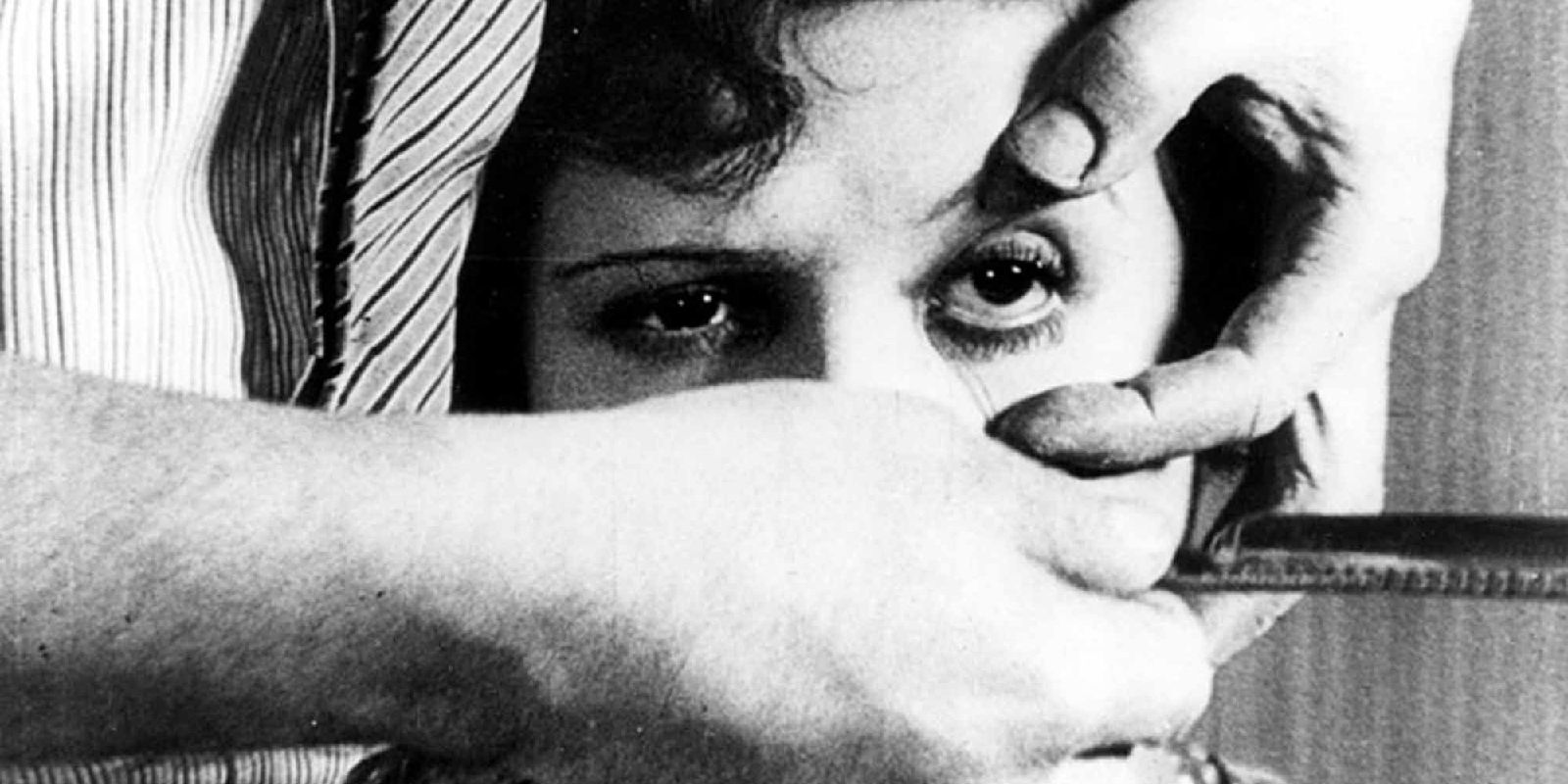
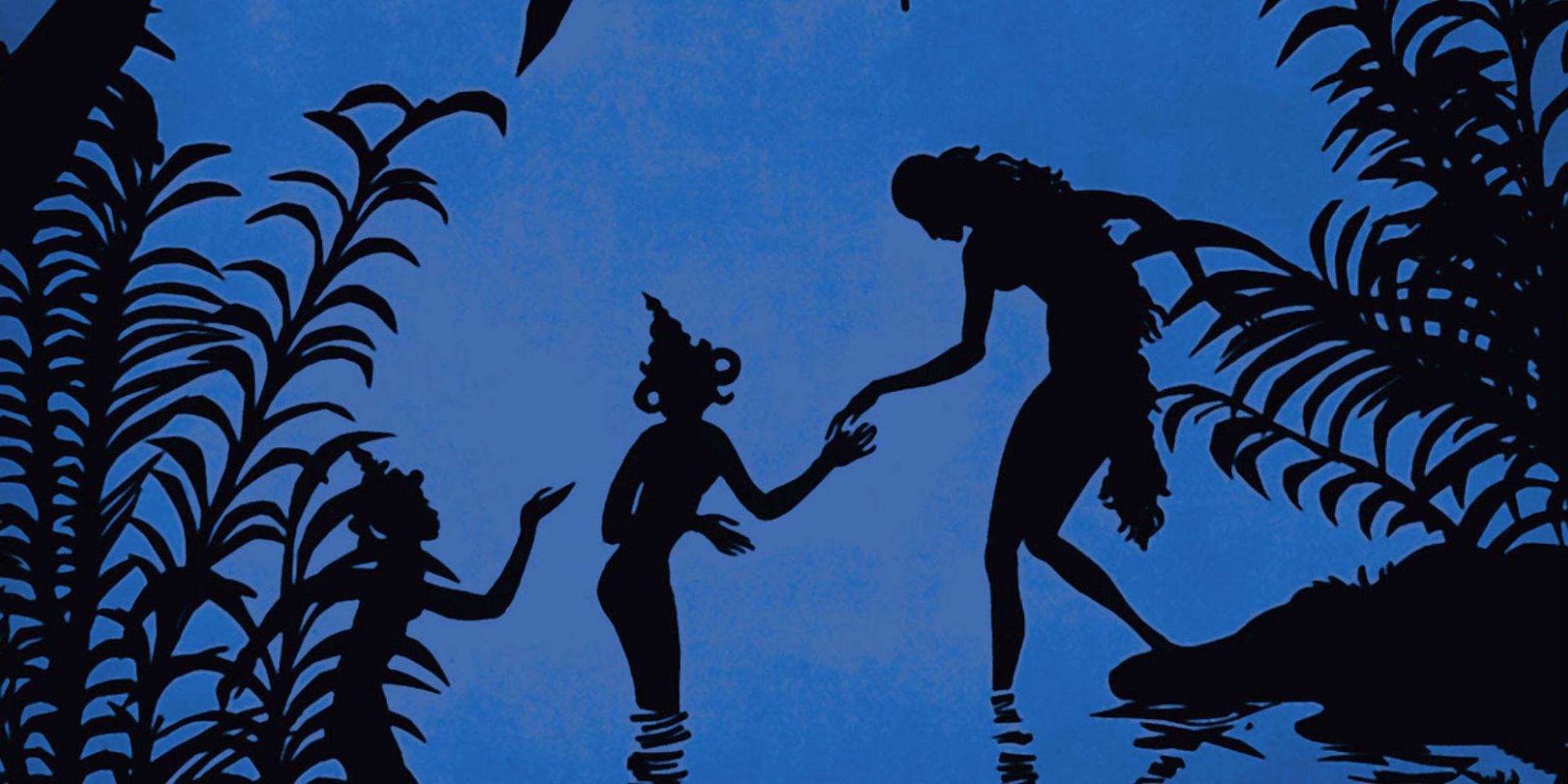
-and-Modern-Times-(1936).jpg)














0 Response to "10 Silent Films Worth Watching If You've Never Seen a Silent Film Before - Collider"
Post a Comment